Bugs
-
Ships in 3 to 4 weeks
Details
Description
SKU: CN.05080
Composed by Roger Cichy. Score and parts. Duration 16:00. Published by C. Alan Publications (CN.05080).A delightful suite based on a few of our favorite insects. The opening Prelude suggests many of the creatures we regard as "bugs". The underwater beginnings of the Dragonfly cascade into a religious setting depicting the Praying Mantis. Black Widow is set in blues with an eight note pattern for the eight legged spider. Grace and beauty are represented in the winds and mallets during the movement titled Tiger Swallowtail only to be marched on by the Army Ants with brass and percussion constantly on the move.
With the success of Colours, a work in which each movement is a depiction of a particular color, composer Roger Cichy began considering other "topics" of the sort for ideas that might transpire into future musical compositions. Bugs came to mind... and the thought of giving a "musical personality" to the selected bugs seemed humorous, inventive, and capricious all at the same time. The insect and spider collection at the Fields Museum of Natural History in Chicago provided inspiration, and at the same time, made it difficult for Cichy to narrow down the list. The particular bugs represented in this suite were chosen partly because of the contrasting style of music that would be composed for each. Prelude, which begins the suite, was not conceived as a part of the original set of movements, but was included when Cichy began work on the piece. 'The suite seemed to need an introduction and this just came out and fell into place,' commented Cichy. The prelude is meant to suggest many of the creatures we associate as bugs. Dragonfly portrays several issues. First, the insect is really considered an aquatic bug, spending most of its life under water, while emerging only in its adult stage to take to the air. The second issue is reflected in folklore where the dragonfly is responsible for flying around at night and sewing shut the mouths of fibbing boys and girls. Praying Mantis, as its name infers, provides a perfect topic for a slow, religioso movement. The mantis is often pictured resting with its front legs folded as though in meditation or prayer. The rather bizarre mating tendencies of the praying mantis were purposefully left out of this movement. Black Widow Spider was a movement Cichy could not resist. Set to a cool blues, the opening statement was written with an eight note pattern (eight legs of the spider) which changes several times in order of notes, but contains the same pitches. Within a few repetitions of the pattern, five more notes are added to complete a dodecaphonic (twelve-note) scale. In its entirity, the dodecaphonic scale is played from C to C an octave higher, working inward to the center pitch (F-sharp) which represents the spider's web. The textures begin changing from cool blues to hot as the black widow spider approaches its prey with its deadly venom. The suite would be incomplete without the most gorgeous of all insects, the butterfly. Cichy chose Tiger Swallowtail for no particular reason other that it is commonly called the 'flying flower.' Set in a lyrical style, this movement tries to musically depict the grace and beauty of such a remarkable insect. The final movement, Army Ants, provides the perfect subject for a march-style piece. Cichy created a dissonant march, portraying the ants as savage predators which are constantly on the move.
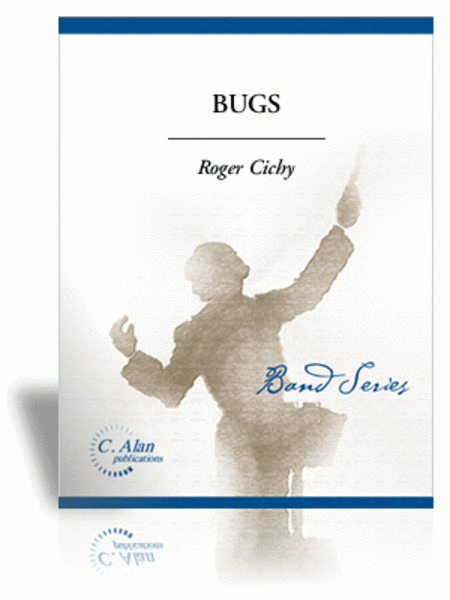
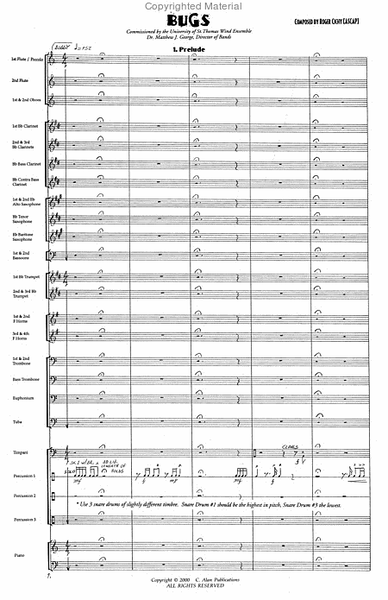
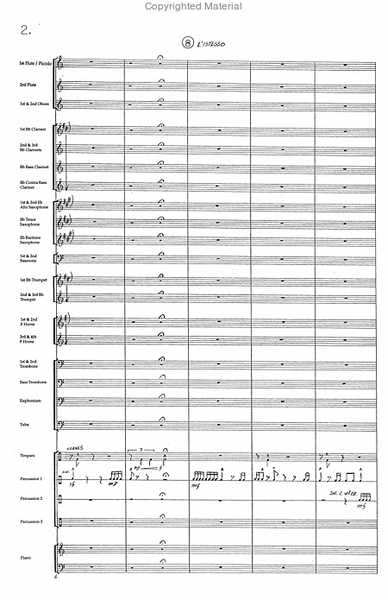
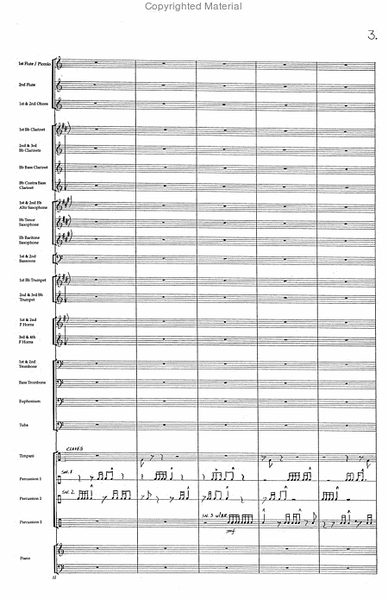
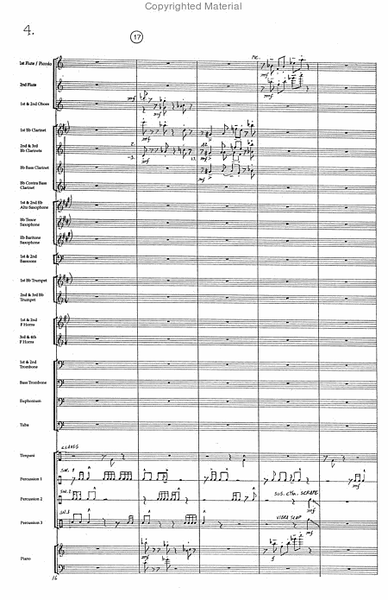
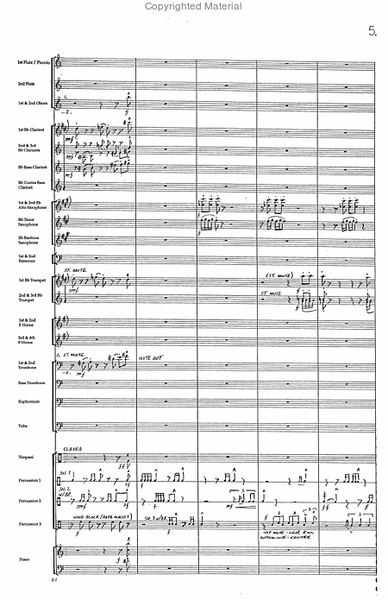
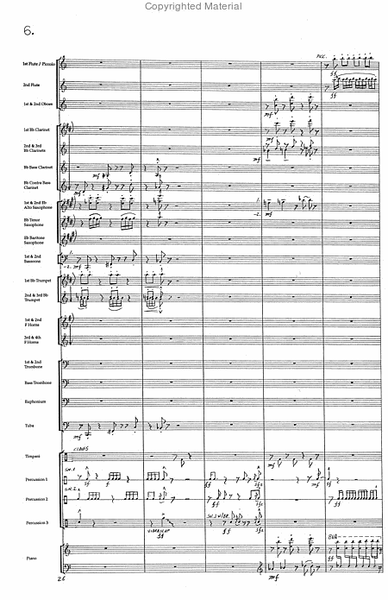
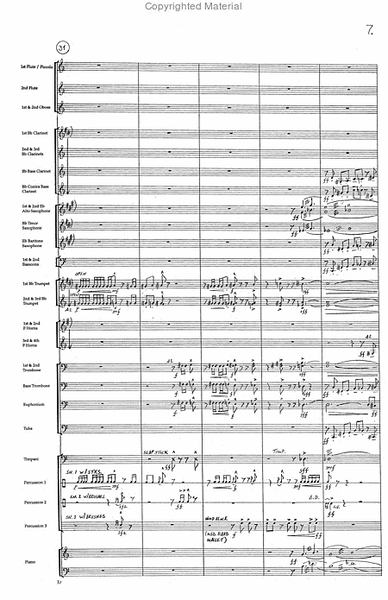
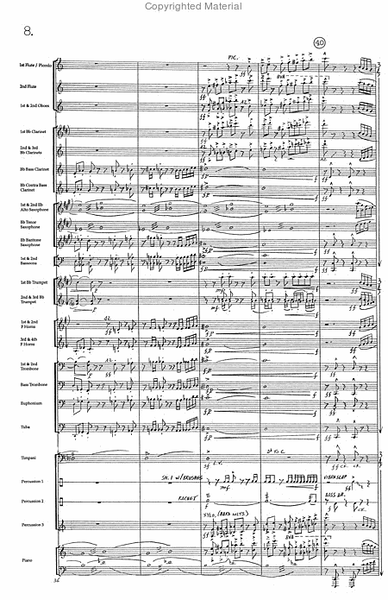
 Share
Share